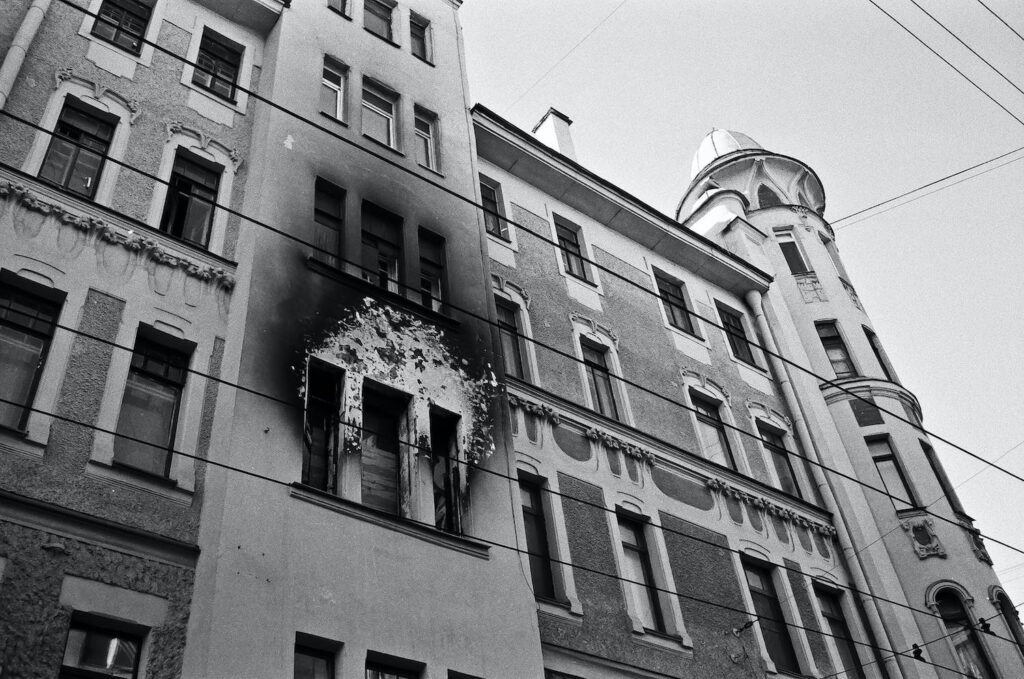
Fire dampers are critical elements in HVAC systems, playing a pivotal role in ensuring compliance with Fire Code 80 and safeguarding lives and property. Understanding the distinctions between static and dynamic fire dampers is crucial when determining the best fit for your HVAC system. Both static and dynamic dampers cater to specific needs and concerns, and comprehending their differences is essential for making informed decisions.
A Primer on Fire Dampers
Before delving into the static vs. dynamic debate, it’s essential to grasp the fundamentals of what fire dampers are and how they function. They are integral components of HVAC systems, typically installed within air ducts. They are strategically placed at intersections of fire-rated barriers, with the primary purpose of halting the spread of flames during a fire event.
Fire dampers have a critical role in detecting excessive heat, such as that generated by a fire. Did you know that fires can raise room temperatures to a scorching 2,000 degrees Fahrenheit? When the ambient room temperature hits 165 degrees Fahrenheit, a fusible link attached to the damper melts, prompting the damper to close. In environments where higher temperatures are typical, specialized fusible links melt at around 210 degrees Fahrenheit.
Once triggered, a fire damper severs air distribution and oxygen supply to areas affected by the fire. This action prevents oxygen from feeding the fire and ensures that smoke does not circulate throughout the building. Importantly, fire dampers assist in containing the fire at its source by resisting the passage of flames. These functions are pivotal in containing fires and safeguarding occupants and property.
Static Fire Dampers
Static fire dampers are engineered to terminate airflow the moment a fire is detected. When a fire is identified by the building’s fire system, it signals the HVAC system to shut down automatically. Consequently, the fans within the HVAC system cease operating, leading to the closure of static fire dampers, as no air pressure remains within the ducts. Once closed, static fire dampers obstruct any airflow through the ducts. These dampers are typically installed within horizontal barriers and feature a curtain-like design.
Dynamic Fire Dampers
Dynamic fire dampers, while serving the same purpose of halting airflow in response to a fire, differ in their triggering mechanism and installation locations compared to static fire dampers. Typically, dynamic fire dampers are situated within the vertical barriers of HVAC systems. These dampers are spring-loaded and operate in a unique way. In the event of a fire, the HVAC system in which dynamic dampers are located continues to function. To close, dynamic dampers rely on built-in fans that activate a spring-loaded system, enabling them to shut against the airflow.
The Role of Smoke Dampers
While the focus is primarily on fire dampers, understanding the role of smoke dampers is equally important. Smoke dampers help impede the movement of smoke during a fire, preventing it from circulating and allowing safe egress for building occupants. This also aids first responders in containing smoke and fire damage. Typically, smoke dampers are triggered by the building’s smoke detection system.
Combination Dampers
In certain scenarios, combination dampers are employed, integrating both smoke and fire damper functions into one unit. Combination dampers automatically close when extreme heat is detected. Each combination damper also features its own smoke detection system, which activates damper closure in the presence of smoke.
The Importance of Inspections and Safety
Whether your building is new or old, regular inspections of fire dampers are imperative to ensure the effectiveness of your passive fire protection system. The National Fire Protection Association (NFPA) mandates the periodic inspection of dampers, with the first inspection occurring one year after initial installation and subsequent inspections taking place every four years. All dampers in your facility must be inspected to verify their ability to fully close.
NFPA Code 80 governs the installation, maintenance, and assembly of devices designed to protect openings in walls, floors, and ceilings from fire and smoke propagation. It encompasses the inspection of fire doors, fire windows, glass block assemblies, fabric fire safety curtains, and other passive fire protections.
At Lloyd Industries, we prioritize the safety and effectiveness of our static and dynamic dampers. We have meticulously documented the testing of our products to demonstrate their ability to safeguard your building and its occupants from fires and extreme heat.
All our static and dynamic dampers, as well as other HVAC products, hold Underwriters Laboratory (UL) approval. UL is a globally recognized safety certification organization, present in 46 countries, and sets industry standards for ensuring safe, secure, and sustainable environments. They rigorously test and inspect products for physical and environmental safety, aiming to reduce the loss of life and property.
You can trust the safety of your building when you install Lloyd Industries products.
With over 35 years of experience in manufacturing HVAC products, including static and dynamic fire dampers, we continue to expand our product offerings and services to provide top-quality safety products to our customers.
If you’re ready to choose the right damper for your building, explore our dynamic fire dampers and static fire dampers, and experience the peace of mind that comes with Lloyd Industries’ commitment to safety.




